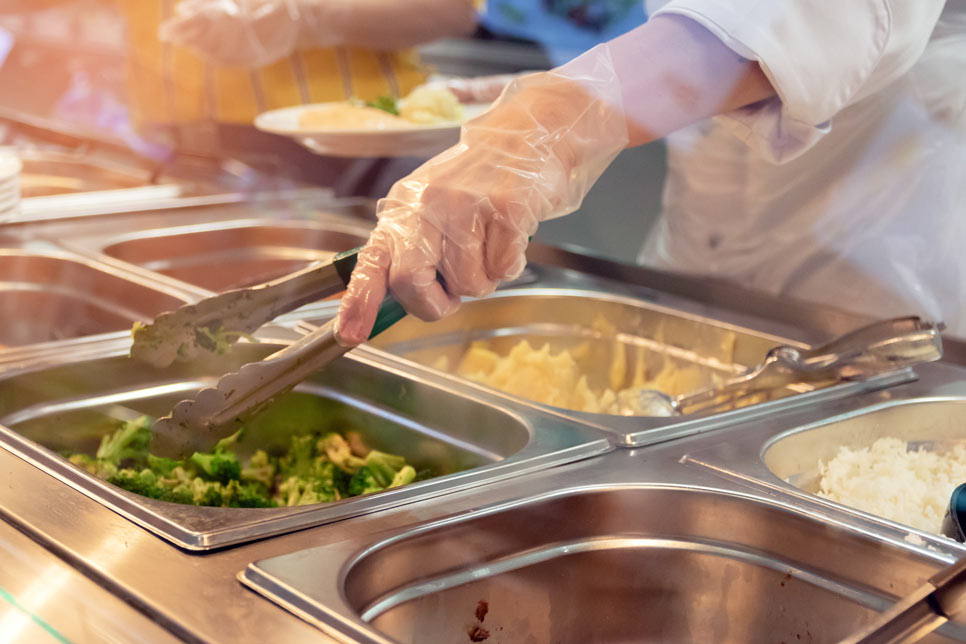
Food is one of the basic necessities in life. Yet, many Americans worry about where their next meal will come from, with a large part of their budget going towards this necessary expense. Inflation continues to make matters worse, making it tougher for families to put food on the table. Thankfully, there are various grants for food assistance available. In this blog post, we'll be discussing the most popular grants for food assistance in 2023 that you should know about. Whether you are working low-income or unemployed, we want to make sure that you have all the information available to help ease your financial burden.
1. SNAP Benefits: SNAP, the Supplemental Nutrition Assistance Program, is one of the most popular grants for food assistance currently. The program's aim is to provide low-income households with assistance in buying groceries every month. In 2023, the average benefit per household is expected to be around $123. The amount varies depending on various factors such as income, expenses, and dependents. To be eligible for SNAP, you must satisfy income and other requirements. Generally, households with an income of 130% of the federal poverty level or less are eligible.
2. Free School Lunch Programs: Like SNAP, the Free and Reduced-Price School Lunch Programs (FRSLP) helps low-income households. This program is specifically for children attending school. Eligibility for the program is determined through an application process that schools provide to every student at the beginning of the school year. The program offers breakfast, lunch, and sometimes a snack, five days a week for children who qualify.
3. The Women, Infants & Children Program (WIC): The WIC program is a federal nutrition assistance program that provides assistance to low-income mothers, pregnant women, and young children. WIC provides nutritious foods to supplement a mother's diet, preventing potential health problems that may affect the growth and development of the child. Along with food benefits, the program also offers nutrition education, health screenings, and referrals to other services.
4. Food Pantries: Food pantries are local organizations that provide food assistance to those in need. They source their food from donations by individuals, organizations, and businesses. Some food pantries provide just non-perishable items, while others have fresh produce options as well. You can locate food banks near you by checking with your local community center, religious centers, or online.
5. Local Food Assistance Programs: Many cities and municipalities also provide their own food assistance programs, regardless of federal programs. These programs may include farmer's markets where low-income families can purchase fresh produce at reduced prices. Soup kitchens, job training programs, and even community gardens may also be available options in your area. Look for city-run websites or social media accounts to find out more.
There is no need for you or anyone else in your household to go hungry when you can leverage these grants for food assistance. Whether you are opting for SNAP benefits, the Free and Reduced-Price School Lunch Programs (FRSLP), the WIC program, visiting local food pantries, or researching local food assistance programs, there are plenty of options available for everyone. Regardless of your financial situation, there is no need to worry about feeding your family. Be sure to stay informed and check for eligibility requirements to enjoy the benefits of these grants.